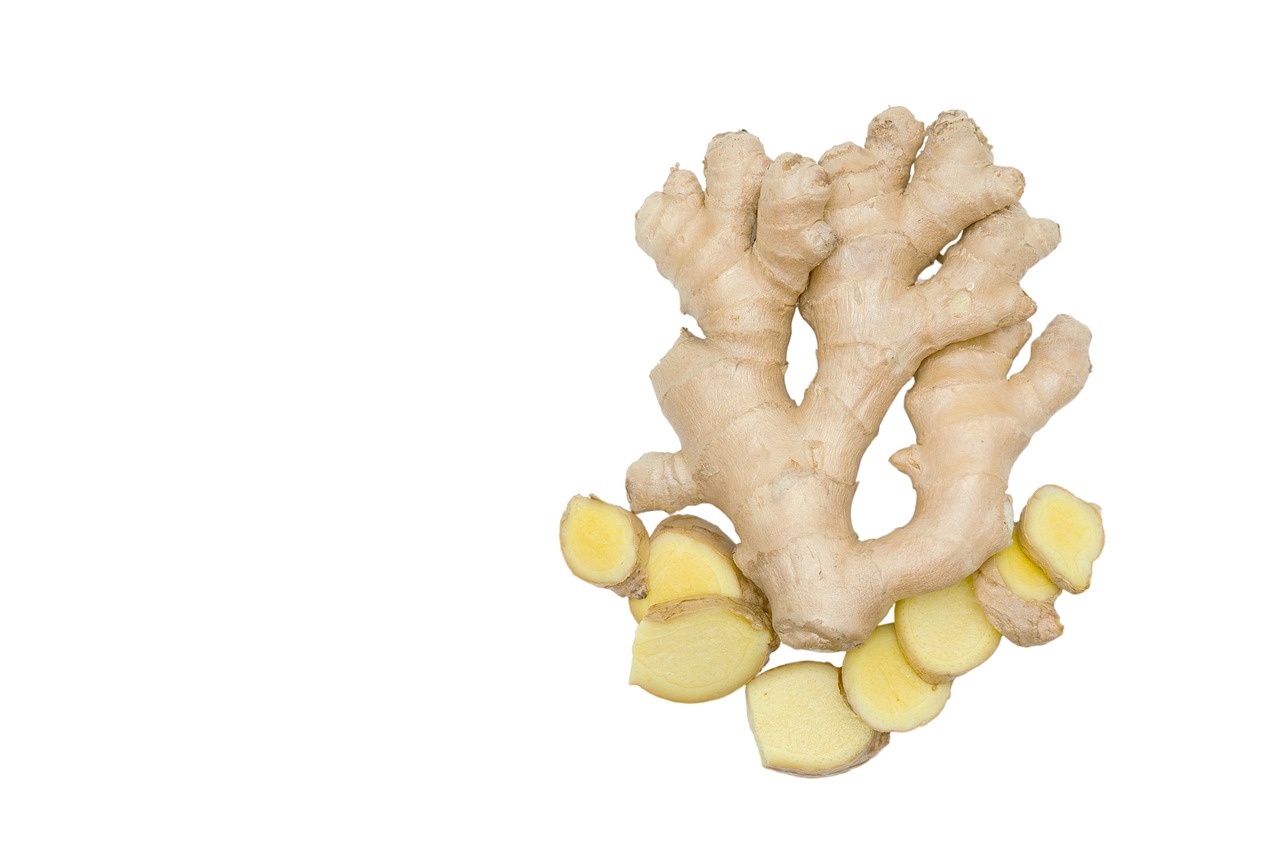A Guide to Food Pairing: From Sweet to Savory
When it comes to food pairing, understanding flavor profiles is crucial. Each ingredient and dish carries its own set of flavors, textures, and aromas that can complement or clash with other components. By identifying the primary flavors in a dish and recognizing how they interact with other ingredients, you can create harmonious pairings that enhance the overall dining experience.
Pay attention to the intensity of flavors in each dish. Balancing bold, robust flavors with more subtle ones can create a dynamic and well-rounded meal. Experiment with contrasting textures as well, as pairing crispy elements with creamy ones can add depth and interest to a dish. Remember that there are no strict rules when it comes to food pairing, so don’t be afraid to get creative and try out unexpected combinations to discover new flavor profiles.
Understanding Flavor Profiles
Flavor profiles are essential in understanding the complex sensory experience of taste. Each ingredient contributes its unique characteristics, creating a harmonious blend of flavors in a dish. By studying flavor profiles, chefs and food enthusiasts can master the art of creating perfectly balanced and delicious meals.
When analyzing flavor profiles, it is important to consider the five basic tastes: sweet, salty, sour, bitter, and umami. These tastes interact with each other to create layers of complexity in a dish. Additionally, factors such as aroma, texture, and temperature play a crucial role in enhancing the overall flavor experience. By paying attention to these elements, one can elevate the dining experience and create memorable dishes that stimulate all the senses.
What are flavor profiles?
Flavor profiles refer to the combination of tastes, aromas, and textures that make up a particular food or dish.
Why is it important to understand flavor profiles?
Understanding flavor profiles can help you create harmonious and balanced dishes, as well as enhance the overall dining experience.
How can I improve my understanding of flavor profiles?
Experimenting with different ingredients, tasting various foods, and analyzing recipes can all help improve your understanding of flavor profiles.
What are some common flavor profiles in cooking?
Some common flavor profiles in cooking include sweet and savory, spicy and sweet, and sour and salty.
How can I pair foods based on their flavor profiles?
Pairing foods with complementary flavor profiles can help enhance the overall taste of a dish. For example, pairing sweet and savory flavors can create a delicious balance of flavors.
What are some tips for pairing foods with different flavor profiles?
Experiment with different combinations, balance contrasting flavors, and consider the overall dish when pairing foods with different flavor profiles.





